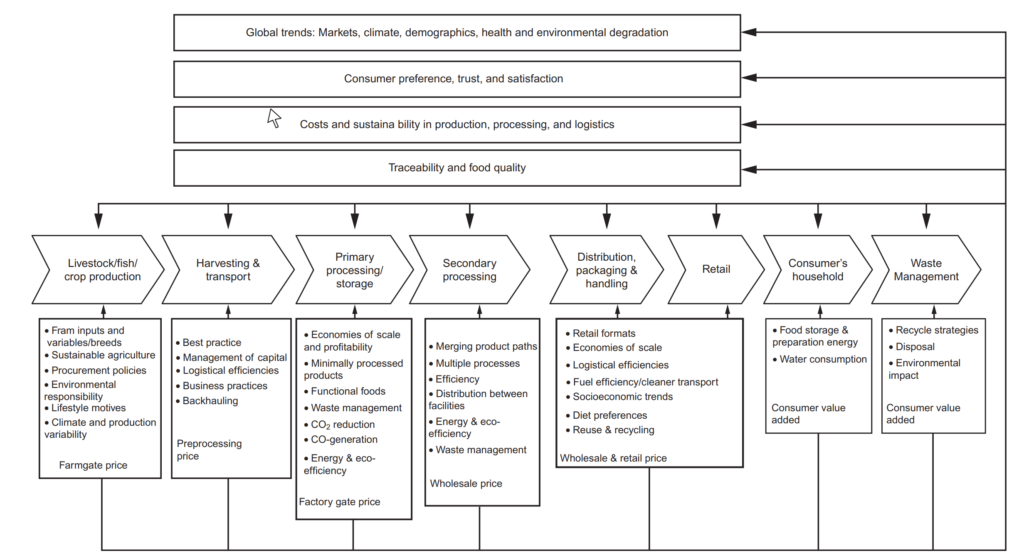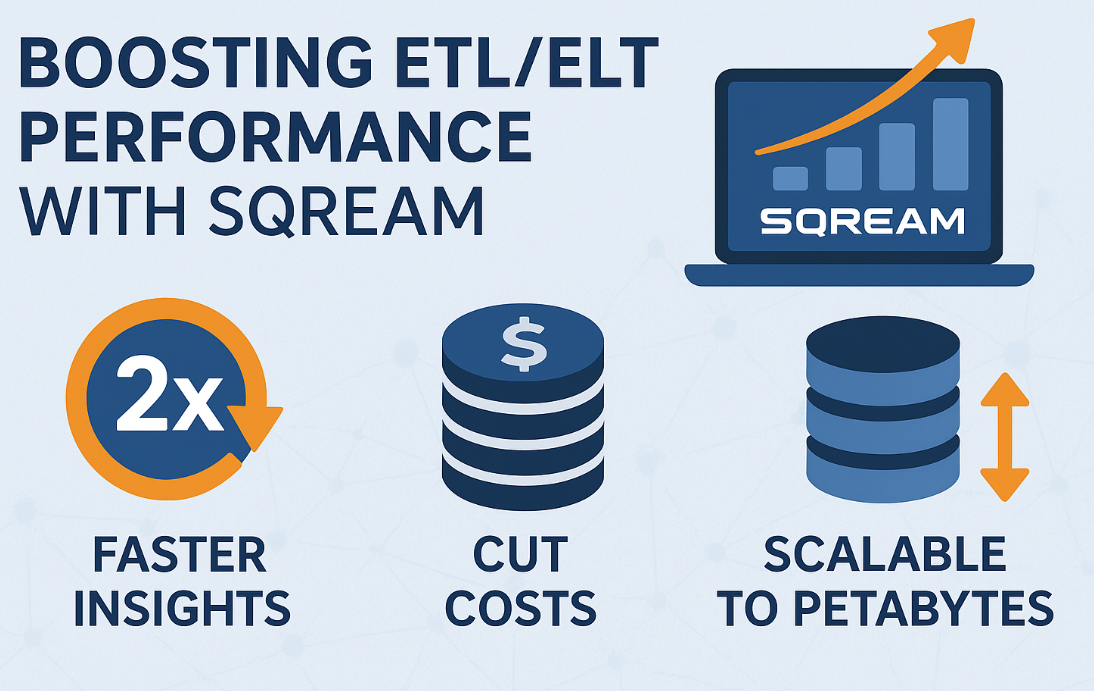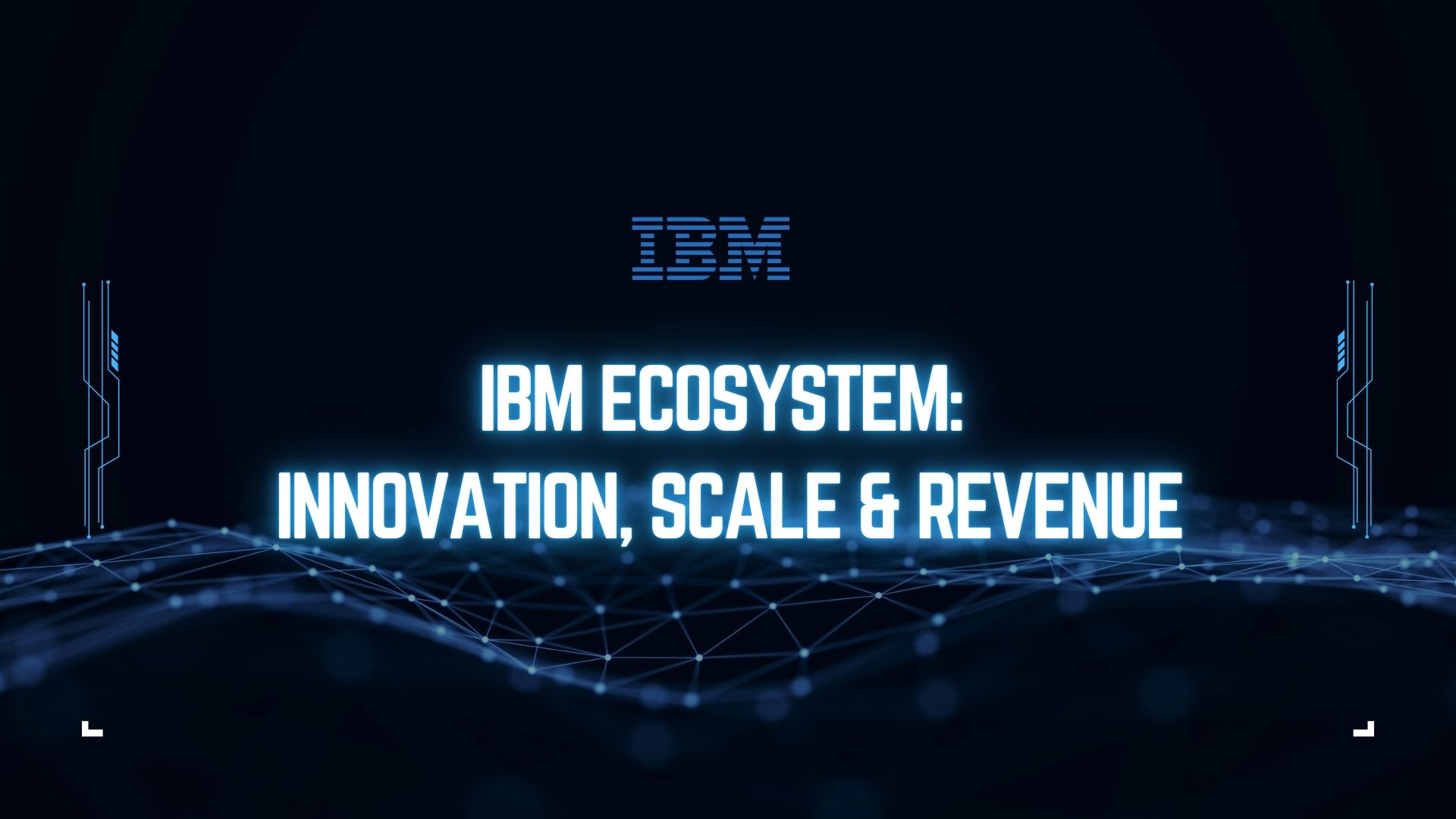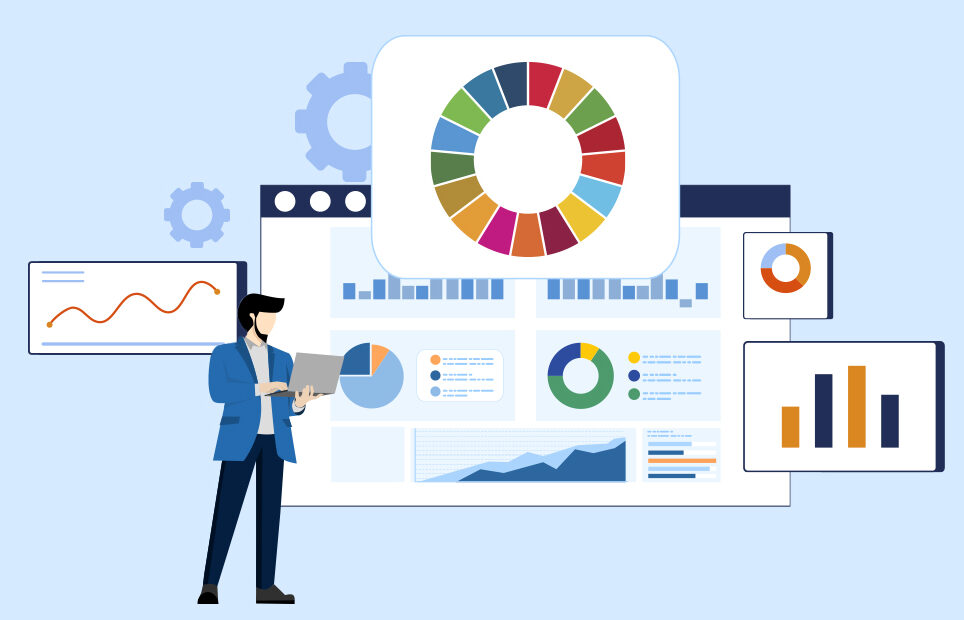The agricultural supply chains of modern agriculture are facing many complex challenges because farming is a complex, unpredictable, and individual business and farmers must meet the changing expectations of regulators, consumers, and food processors and retailers. Farmers need to deal with many problems, including but not limited to how to meet the rising demand for more food of higher quality, invest in farm productivity, stay resilient against global economic factors, and adopt and learn new technologies.
A farmer’s business decisions are complicated by global economic factors, like fluctuating commodity prices and trade issues, and the fact that a harvest can be affected by weather, insects, or disease. While modern agriculture provides a large number of solutions, the outcome is not always the same because each farm is unique: different landscapes, soils, available technology, and potential yields. Therefore, farmers need to invest in technologies such as Decision Optimization and learn how to best use these technologies to improve their business. In this article, we will first introduce the most important challenges of the agricultural supply chains. Then, we will propose 17 effective Optimization solutions to tackle these challenges.
1. Challenges in Fruit, Vegetable, Grain, and Seed Supply Chains and Logistics
The following figure shows different components of a general food supply chain, the relationships between these components, and possible objectives related to each component.

With this background. The most critical challenges in the supply chains and logistics of fruits, vegetables, grains, and seeds are:
- Managing these supply chains is complicated due to many specific product and process characteristics because they involve many participants. Indeed, they include food procurement and manufacturing companies, wholesale and distribution firms, brokers, food service firms and restaurants, and retail grocery firms. Challenges such as consumers’ desire for a product assortment variety, changing food preferences, sequence-dependent setup times, and limited food storage and shelf-life make it difficult for retailers and manufacturers to project demand, plan to manufacture, and meet supply simultaneously on time. Therefore, it is essential to improve the efficiency of these supply chains.
- The distinguishing feature of all agricultural supply chains is their variability. The causes of this variability are biological, environmental (e.g., changing weather patterns that affect crops and the quality of feedstocks), and socioeconomic (e.g., changing demand patterns and political decisions).
- Sustainability means satisfying the needs of the present generation without compromising the ability of future generations to meet their needs. Ensuring sustainability requires the analysis of social, economic, and environmental dimensions.
- Perishability is an important consideration because it affects food quality and energy consumption, transportation costs, pricing, and sustainability. Perishability is particularly critical for horticultural products, whose shelf life is significantly lower than that of traditional crops.
- A major concern for fresh produce is waste reduction. The amount of waste after harvest ranges from 20% to 60% of total world production;
- Producers must manage uncertainty and seasonality because the periods during and between harvests are affected by losses caused by deterioration or a decline in quality.
- The market economics of grains is very sensitive to the quality of transportation systems. Transportation costs are among the main factors restricting the competitiveness of many countries’ agricultural supply chains, including grains.
- They must also manage issues related to limited shelf life, which restricts the amount of time that most products can spend in storage and, therefore, the capacity to hold inventory as a buffer for variability.
- They have very long lead times from the moment that planting is made until harvest.
- They involve multiple dispersed crop fields, processing plants, and demand spots, which require complex and elaborate aggregate production and distribution planning to attend to predefined harvest plans and meet forecasted product demands. The limited processing capacities of the plants are also relevant for this tactical planning.
- The demand for seed corn is a critical issue in production and logistics planning due to its forecasting errors and the complexity of its management. Because of production-scale savings, Brazilian and other wide countries’ enterprises seek to commercialize seeds in broader areas to increase their market share. Broader areas mean a more diverse climate and production environments, which interfere with the time the product should be available to the customers. Moreover, farmers of the same area usually demand different product mixes.
- Fruit producers are more concerned with distances traveled. The following figure shows the general structure of a fruit supply chain.
- Fruit and vegetable logistics are dominated by the effect of climate in the early stages of production.
- When harvesting fruits, one of the main factors affecting the quality of the fruit (and therefore its export) is the fruit ripeness, and this must be taken into account when planning the harvest and the efficient use of resources such as equipment (ladders, containers), machinery (tractors, cars, and collector carriers), and of course workforce, which is critical in this process.
- Logistics of fresh fruits is a problem related to the balance between the price achievable in the market and the quality of the product. Quality is related to parameters like sweetness, crunchiness, and strength, connected with the optimal ripeness of the fruit. The fresh fruit sector is affected by a limited time. This time is variable depending on the decay of the fruit variety and the acceptable means of preservation. Fresh fruit varieties have to be consumed relatively quickly after harvesting, like apricots, cherries, and berries. Other fruits can complete the maturation process after harvesting and then enlarge their marketing time window.
- One of the critical points in the fruit harvest is to hire workers for the season. The labor shortage is mainly due to the increasing job opportunities in the cities due to the significant growth experienced by construction and retail. Besides having a good estimation of the number of workers required, it is necessary to estimate the number of crews to assign to each field, considering the size and variety harvested in each field. Finally, the organization of equipment needed for the harvest is also required.
2. How Optimization Can Help
We can use Optimization techniques to support production, inventory, and distribution and to aggregate planning decisions in different agribusiness settings, considering various technical and economic criteria and constraints. As these techniques are incorporated into decision support systems, they become powerful and flexible for analyzing and planning these supply chains under different scenarios.
For these supply chains, we can develop three following types of mathematical models:
- Buyer/Seller Interaction Optimization Models: These models focus on direct interactions between suppliers and distributors of agricultural commodities, using methods such as the newsvendor problem, nonlinear optimization, and game theory principles to achieve a state of equilibrium and more significant benefit for all stakeholders. For example, we can propose a framework in which cost-sharing contracts between growers and distributors can be used to allow products at the correct ripeness level to be available at the selling point.
- Location/Allocation Optimization Models: These models consider primarily strategic and tactical decisions assuming that centralized control can be achieved for the operations under consideration. They can model a large part of the supply chain, including the planting/harvesting plans and the infrastructure decisions such as usage of warehouses, packing facilities, or transportation modes.
- Full-Chain Integrated Optimization Models: It means modeling the full supply chain and the interactions between key players in the supply chain. These kinds of models are a minority due to their complexity and large size, which makes them hard to solve. Integrated models attempt to capture some of the characteristics that interaction models and location/allocation optimization models do; however, the analysis of these models is neither as detailed nor as likely to provide a full optimal solution. For example, we can link four separate models (farm planning, harvesting, transporting, and refining sugar) to understand the implications of a specific change in the sugar industry. In another example, we can coordinate the output of eight distinct models in horticulture, including product demand forecast, vegetable supply forecast, planting schedule, aggregate planning, material requirement planning, inventory management, and transportation route. Although these models do not have strong global optimization capabilities, they can represent the interactions of the various players in the supply chain in a manner that can still assume independent decision-making. This is a great strength for these models since it makes them more appropriate for high-level decision-making than other models.
The following list includes some examples of the optimization models that we can develop for these supply chains:
- We can develop Stochastic Programming models to deal with the underlying uncertainty in these supply chains.
- To improve the sustainability of these supply chains, we can consider a variety of environmental protection strategies, in combination with economic measures, in Optimization models. We can set various objectives, including but not limited to the selection of processing sites, improvement of farm efficiency, assessment of greenhouse gas emissions, maintaining biodiversity, and rationally exploiting natural resources.
- We can develop different types of inventory, scheduling, lot sizing, replenishment, allocation, and vehicle routing optimization models to deal with issues related to perishability.
- To increase returns and reduce food prices, reducing waste could be a less costly alternative than increasing productivity. Measuring this waste is difficult because of the lack of a universal method that could be applied in different operations. Still, some of the causes of this waste can be addressed with adequate planning and logistics optimization techniques.
- There are optimization models in which production schedules are calculated for numerous product families to increase overall productivity.
- We can use Stochastic Programming to consider weather uncertainty, which affects yields, by generating several scenarios based on previous weather records and their respective yields.
- Optimization models for planting, harvesting, and distribution decisions of a grower/shipper who controls the allocation of its products and wishes to optimize its profits under uncertain yield and price conditions.
- Optimization models decide the location of processing facilities, transportation modes, production, and storage of perishable agricultural products.
- Optimization models to determine the optimal amount of land to lease for the production of fruit and how much fruit to buy in the open market when prices and yields are stochastic
- Optimization models the interaction and collaboration between growers and retailers of fruits to obtain appropriate product ripeness at the selling point.
- Optimization models to make optimal strategic decisions for closing, opening, and expanding greenhouses, warehouses, and customer outlets.
- Developing a dynamic programming approach to model a full agricultural supply chain considering the changes in quantity and quality of the products
- Optimization models for optimal allocation of products (e.g., corn hybrids) to available production plants and the transportation of the products to where the customers need them. The models should consider production capacity constraints, minimum capacity usage requirements, transportation resource constraints, demand constraints, maximum concentration constraints, among others.
- An optimization model that provides a harvest schedule by minimizing fruit loss for not fulfilling the desired quality parameters for export. The model’s constraints seek to fulfill the fruit packing plants’ demands, respect the plants’ processing capacity, availability of products in orchards, and harvesting time accordingly to the planted apple variety.
- An optimization model for a packaging plant operating with limited storage capacity, so fruits to be processed must be transported from intermediate storage centers. The main interest of the decision-maker is to avoid idle times at the packaging plant and the stock breaking of fruits to be processed. Then, the packaging plant has to maintain a rolling stock to cover committed orders without stopping the processing line. An additional interest concerns the distribution of workload among trucks and drivers available. Then, the model organizes the transports from the cooperatives supplying convenient fruit varieties to the packaging plant, maintaining a stock capable of satisfying the daily demand from the customers.
- A vitally important operational decision concerns finding optimal vehicle routes because efficient routes offer great potential to reduce costs and improve service quality.
- Routing and location problems are one of the significant concerns in logistics, having implications on the complete supply chain. The location routing problem is relatively new which considers two critical components of a logistics system: the facility location problem and the vehicle routing problem. A location routing problem is defined as a particular case of a vehicle routing problem where there is a need to determine the optimal number and location of depots simultaneously with finding vehicle routes from depots to customers to minimize costs associated with locating depots and distribution customers.
In conclusion, the optimization of agricultural companies is essential for achieving sustainable growth and addressing the challenges faced by the industry. As highlighted in this article, the implementation of advanced technologies, data-driven decision-making, and process optimization can significantly improve efficiency, productivity, and profitability for agricultural companies. By embracing optimization strategies, such as precision agriculture, supply chain management, and resource utilization, companies can minimize waste, enhance crop yields, reduce environmental impact, and meet the increasing demands of a growing population. Additionally, the integration of automation, artificial intelligence, and machine learning can further streamline operations, optimize resource allocation, and enable proactive decision-making. Overall, optimization holds immense potential to revolutionize the agricultural sector, enabling companies to navigate complex market dynamics, maximize their competitive edge, and contribute to a sustainable and resilient food system for future generations.











